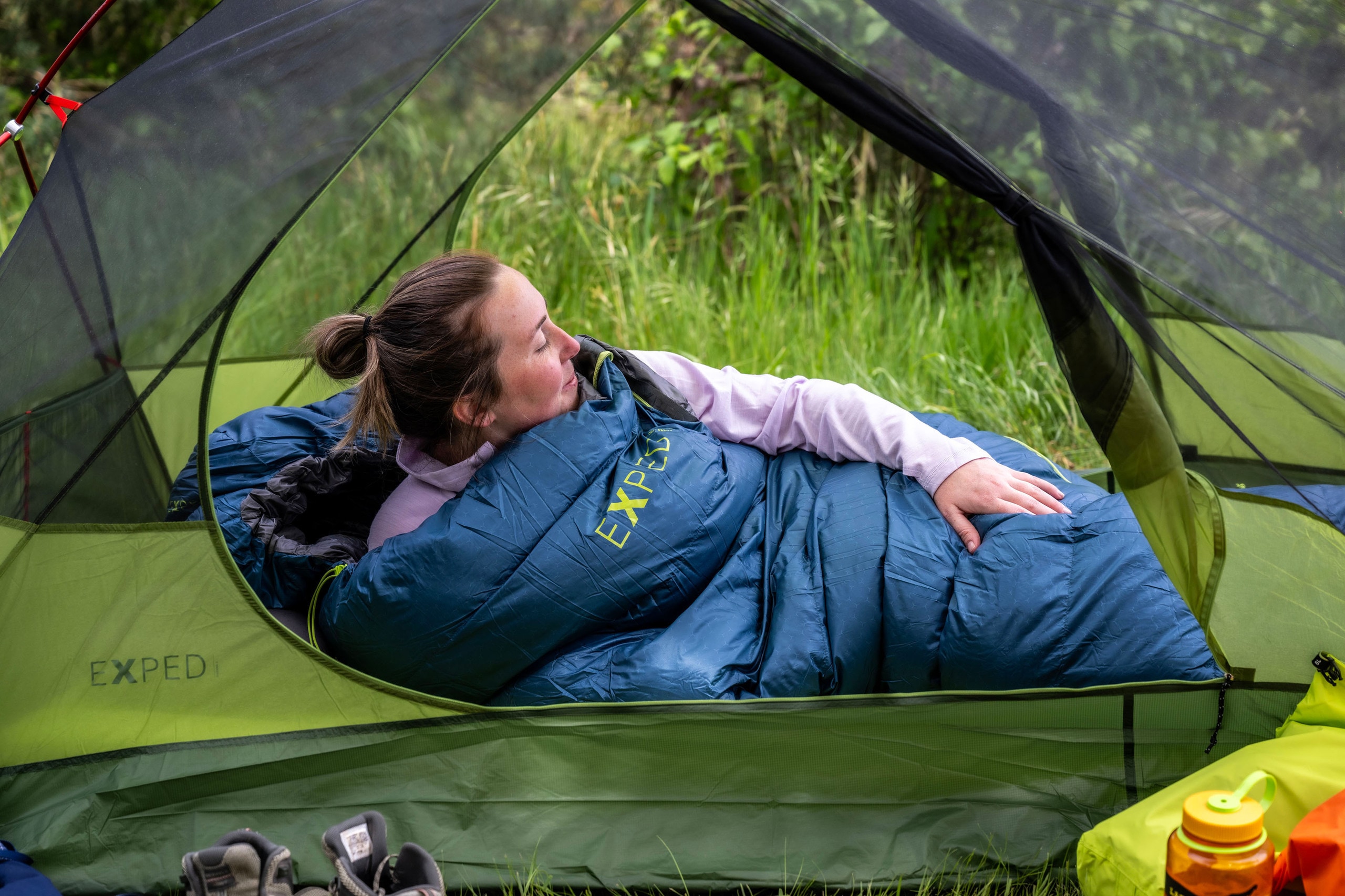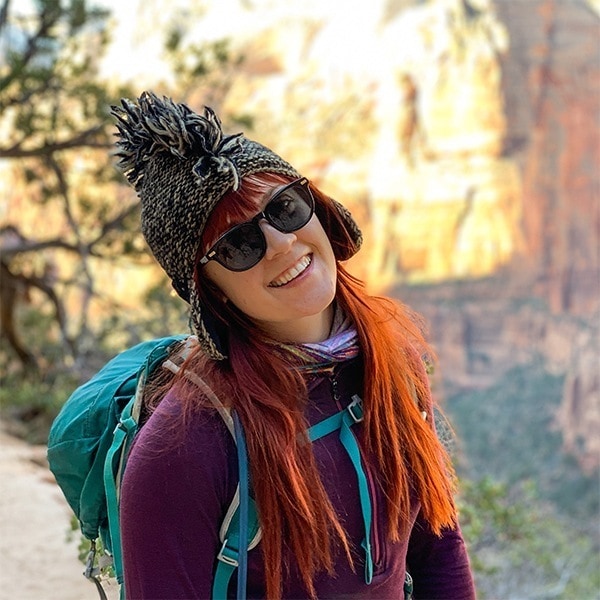After over a decade of backpacking, I know how hard it is to find a sleeping bag that hits the sweet spot of warmth, weight and affordability. But the new Terra 15 Sleeping Bag from Exped features 3-season warmth and compressibility—without the steep price tag.
I tested the newest sleep sack from Exped over a long weekend of camping at the base of some seriously imposing 14ers in Crestone, Colorado. The bag’s $250 price point is impressive, but what’s even more exciting is that even at this price point, the bag has many of the trappings of more expensive options: down insulation, a zippered chest pocket, draft tube and collar and an adjustable hood, for example.
Unlike the brand’s MegaSleep bags, which are filled with a heavier recycled synthetic insulation and designed to pair with the bestselling MegaMat sleeping pad for cozy car camping, the all-new Terra lineup is made with highly compressible and lightweight 650-fill-power down. This makes the bags packable enough for backpacking, while still being plush enough for car camping.
The Terra fleet of sleeping bags is also available in the Terra 30 for warmer weather adventures and the 4-season Terra 0 option. I wanted to play Goldilocks and test something right in the middle of the pack. A 15° unisex sleeping bag will generally sleep a bit more like a 25°F women’s-specific bag (more on that below)—perfect for three seasons of adventures like nights under the stars in the shadows of the Sangre de Cristo Mountains, where temps range from high 30°s to low 40°s.
Meet the Gear Tester
Tester | Years backpacking | Testing location | Testing duration | Hot or cold sleeper | Low temperature |
|---|---|---|---|---|---|
Emily Pennington | 10 | Crestone, Colorado | 2 nights | Middle of the road | 41°F (and windy!) |
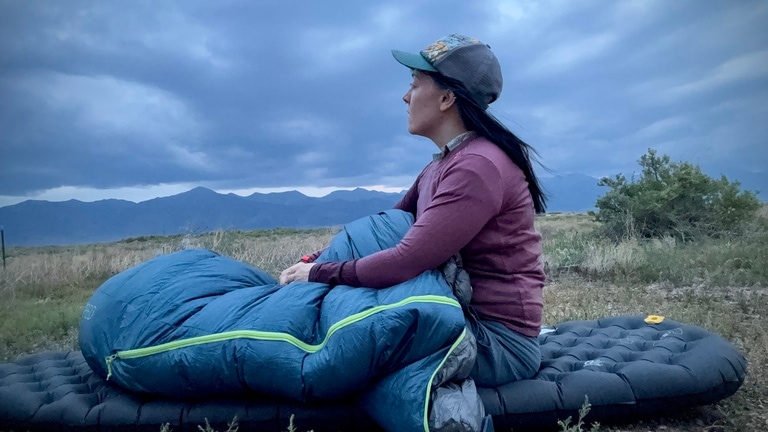
Who is this sleeping bag for?
Hitting the sweet spot between affordability and lightweight warmth, the Terra 15 Sleeping Bag is ideal for backpackers who mostly head out in the summer and early fall and want a wallet-friendly option. The bag’s 650-fill-power gray duck down is plenty light and compressible for long-haul backpackers. However, ultralight obsessives chasing every gram might opt for a more expensive sleep setup with higher fill-power down for a better warmth-to-weight ratio.
Pros | Cons | Best for |
|---|---|---|
Compressible down insulation | Heavier than other backpacking sleeping bags | Budget 3-season backpackers |
Soft liner and face fabric | Stuff sack is a little bulky, despite compression | Weekend warriors |
Good value compared to other sleeping bags in its class | Unisex sizing might mean that those who run colder need to order a warmer bag | Car campers |
Five size options | --- | Multisport adventurers |
Other versions:
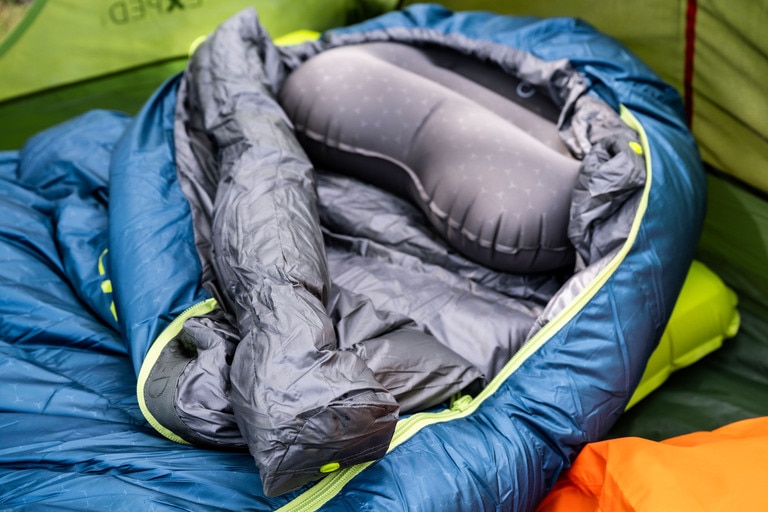
Comfort
While testing this bag, I quickly noticed that its liner fabric is incredibly soft to the touch. The outer shell and interior liner of the Terra 15 are made with super-silky, recycled 20-denier ripstop polyester. After doing a little research, I learned that all fabrics in the bag have been OEKO-TEX® STANDARD 100 certified, meaning that the materials passed safety tests for the absence of more than 1,000 harmful substances like heavy metals and formaldehyde.
I’m happy to report that I stayed toasty and slept like a log throughout my three-day weekend, thanks to the Terra 15’s lofty 650-fill insulation. I often have to stuff my extra clothing and pack towel into the bottom of my sleeping bag to keep my feet toasty overnight, but the Terra’s well-insulated 3D footbox meant that my toes stayed warm with only a pair of medium-cushion hiking socks.
Warmth and Insulation
The Terra 15 is designed as a unisex bag, so its temperature rating of 15°F reflects a middle ground between its tested lower limit of 12°F for sleepers who run cold and its tested comfort of 25°F for sleepers who run warm. As someone who sleeps neither too cold nor too warm, this bag kept me at a just-right temperature when the nights dipped into the low 40s. Much of this warmth was thanks to the bag’s lightweight and compressible insulation. The Terra 15 uses 650-fill-power Responsible Down Standard (RDS) certified down.
Two of my favorite stay-warm features of the Terra 15 were its perfectly lofty draft collar and tube. Nobody likes to wiggle around in the night only to have their sleeping bag dump precious warm air out through the neck or zipper areas. The Terra 15 comes with an incredibly puffy and soft to-the-touch draft collar that, along with the bag’s cinchable hood, made it easy for me to snuggle up and read my e-reader for an hour before bed. This feature is especially welcome for side sleepers like me who tend to shift around while sleeping and don’t want to suddenly wake to a lone, freezing arm.
I was also stoked on the bag’s 3D footbox, namely because I slept through the night with toasty toes when trying out the Terra 15. A 3D footbox means the baffles and material are sewn in a roomier configuration in the bag's foot region, so your toes aren’t constricted and squished while you sleep. It might not seem significant at first glance, but this little feature means your feet can have better blood flow, thus staying warmer while you snooze.
Five Size Options
Whether you’re a stomach sleeper who likes to rest with one leg kicked out and arms akimbo or a stoic back sleeper, it’s nice to have a bag that allows for maximum comfort in the wilderness. The Terra 15 comes in a whopping five different sizes—small, medium, medium wide, long and long wide—to accommodate campers of many shapes, as well as their preferred sleeping positions. Lengths range from 67 inches to 77 inches. Plus, all sizes within a Terra’s temperature rating cost the same, even if they require more materials to construct.
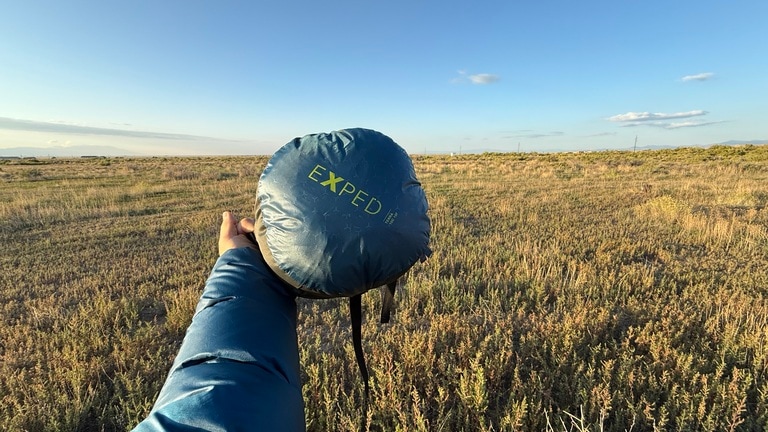
Weight and Packability
While the Terra 15 is a tad heavier than other backpacking sleeping bags on the market, I was impressed that even the largest size (a long wide) weighs under 3.5 pounds. This gives it a great weight-to-price ratio, especially for backpackers who are just starting out or on a tighter budget. The folks at Exped have also gone the extra mile and included a stuff sack with compression straps to cinch down the bag to about the size of two Nalgene bottles. Many sleeping bags I’ve bought and tested over the years don’t include a true compression bag. Not having to buy one separately enhances the already significant value. For campers who, like me, enjoy creature comforts in the woods like a lightweight chair or a full-size toiletry bag, it’s important to be able to squish your sleeping bag into a compact puck that nestles perfectly at the bottom of your backpack.
My only hesitation about the Terra 15 (and the entire Terra series) is that it’s not as light as other options. The brand’s goal with this line was to create an affordably priced solution for outdoor lovers who want a bag fit for backpacking and car camping. As a 5-foot-2 lady with creaky knees who loves backpacking, I’m getting choosier about what weight goes into my pack. These days, I’m willing to pay more to cut weight, so I’m more likely to throw a pricier ultralight sleeping bag into my kit and sleep in my puffy jacket than schlep a nearly 3-pound bag. But when I first started backpacking more than 10 years ago, I would have been delighted to find a sleeping bag this comfy and warm for just $250.
Commitment to Sustainability Standards
Since 2021, the Swiss manufacturer has been calculating the emission of its sleeping mats and making a corresponding financial contribution to climate protection. Additionally, this year Exped began manufacturing its products without intentionally adding PFAS (contamination can sometimes still happen during manufacturing). The entire Terra series is made with Responsible Down Standard (RDS)-certified down and has also been OEKO-TEX® STANDARD 100 certified to safeguard both animal and human welfare. Plus, these sleeping bags are stitched with 100% recycled ripstop polyester thread, meaning that just about every element of the Terra has been thoughtfully upgraded to meet a higher environmental standard.
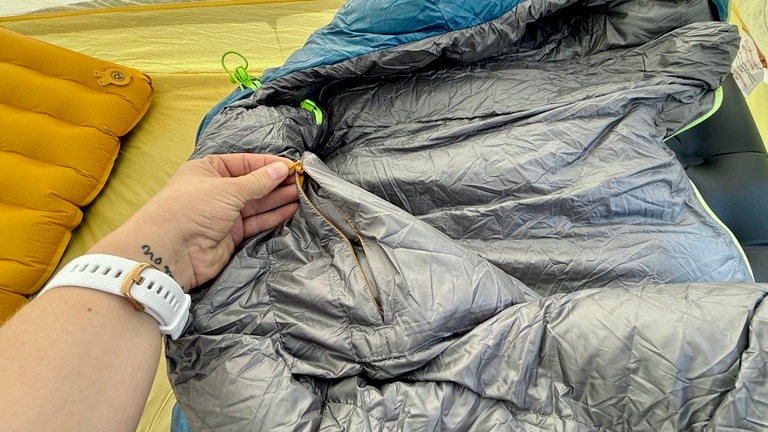
Other Features
I loved the Terra’s zippered chest pocket, which sits just underneath the draft collar. Storing small essentials, like a headlamp, smartphone or water filter, next to my body’s heat while I sleep is one of my favorite hacks to prevent unnecessary battery loss or, worse, ruining delicate filtration particles because of a subfreezing evening.
What makes this bag a good value?
When assessing the end-to-end costs of producing the Terra series, Exped identified that shipping the sleeping bags from their manufacturer in Asia to the United States was one of its largest expenses—and environmental impacts. The team worked with the factory producing the Terras and soon figured out they could ship the bags in their included stuff sacks without any long-term damage to the down filling's functionality and compressibility. Using the stuff sacks instead of the much larger storage sacks allows the brand to significantly increase the number of sleeping bags included in each shipping container, which not only decreases warehouse and shipping costs but also reduces the Terra line's carbon footprint.
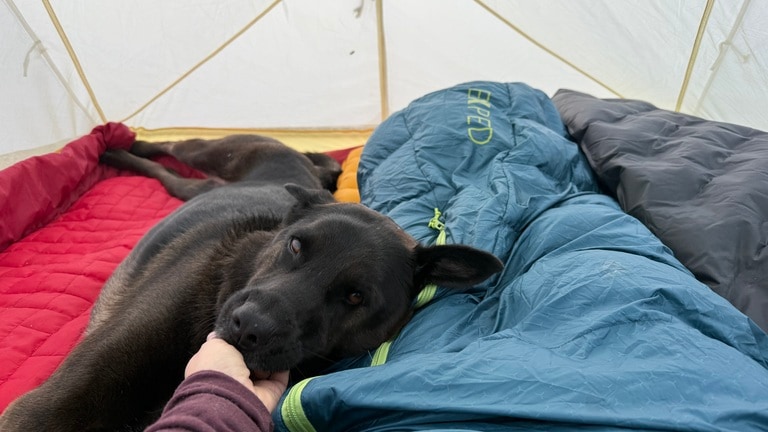
Bottom Line
The Exped Terra 15 is a versatile sleeping bag that’s plenty warm and decently lightweight for both weekend trips and multiday epics. While it might not fit the bill for ounce-counting thru-hikers, it’s a wallet-friendly, silky-soft sleeping bag. And, with five different size options all at the same price, side and stomach sleepers can rest easy knowing that wider versions of this bag won’t cost them extra.
